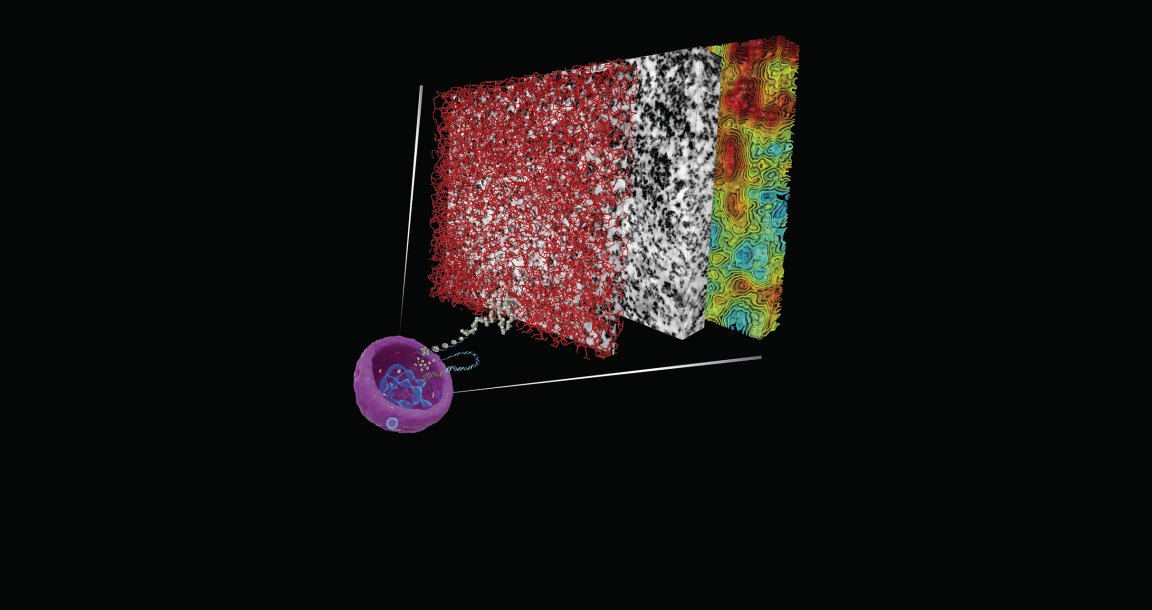
Novel DNA Dye
Although the basic double helix structure of the DNA molecule is known, its three-dimensional organization has continued to elude scientists. Every single cell somehow packs DNA that is two meters long into its nucleus, a tiny space only one-thousandth of a millimeter across. The question researchers have been trying to answer, then, is how does the structure manage such extreme compaction while maintaining function?
The three-dimensional organization and structure of DNA influences everything from how our cells function to how we pass on our genes to offspring. Scientists at the University of California, San Diego’s Salk Institute have now provided a world-first view of the three-dimensional structure of human chromatin intact and inside the nucleus of live human cells. Prior to these results, chromatin — a mix of DNA and proteins — had never before been seen without the cells it was extracted from being broken down and subjected to harsh DNA processing techniques.
The Salk researchers identified a novel combined technology called ChromEMT, which involves painting the chromatin with a unique metal cast DNA dye that allows highly detailed visualization when paired with advanced electron microscopy (EM). The researchers were able to see the chromatin structure in both resting and mitotic cells, and the captured EM image data provides a visualization that makes it easy to see where the chromatin’s contour lines vary. However, the researchers did not see anything resembling the chromosomes we have come to imagine when we think of DNA and mitosis.
“The textbook model is a cartoon illustration for a reason,” first author and Salk research associate Horng Ou said to Phys.org. “Chromatin that has been extracted from the nucleus and subjected to processing in vitro — in test tubes — may not look like chromatin in an intact cell, so it is tremendously important to be able to see it in vivo.”

A New View
Rather than the “beads on a string” forming larger structures model often depicted in textbooks, the chromatin researchers saw was in a “beads on a string” model that formed a semi-flexible chain in both dividing and resting cells. The chain bent and flexed to achieve different levels of compaction along the flexible chain — suggesting that the packing density of the chromatin, rather than any higher-order structure, is what determines the active and suppressed regions of the genome.
They also used 3D microscopy reconstructions to depict how the RNA polymerase transcription process might also be controlled by chromatin’s variable packing density. In terms of what this means for genetics research, these results do more than revise the standard model for DNA and transcription. They also suggest a possible new method for preventing, diagnosing, and treating diseases like cancer: controlling access to chromatin. The team will next explore whether the structure of chromatin is universal from organism to organism and among cell types.